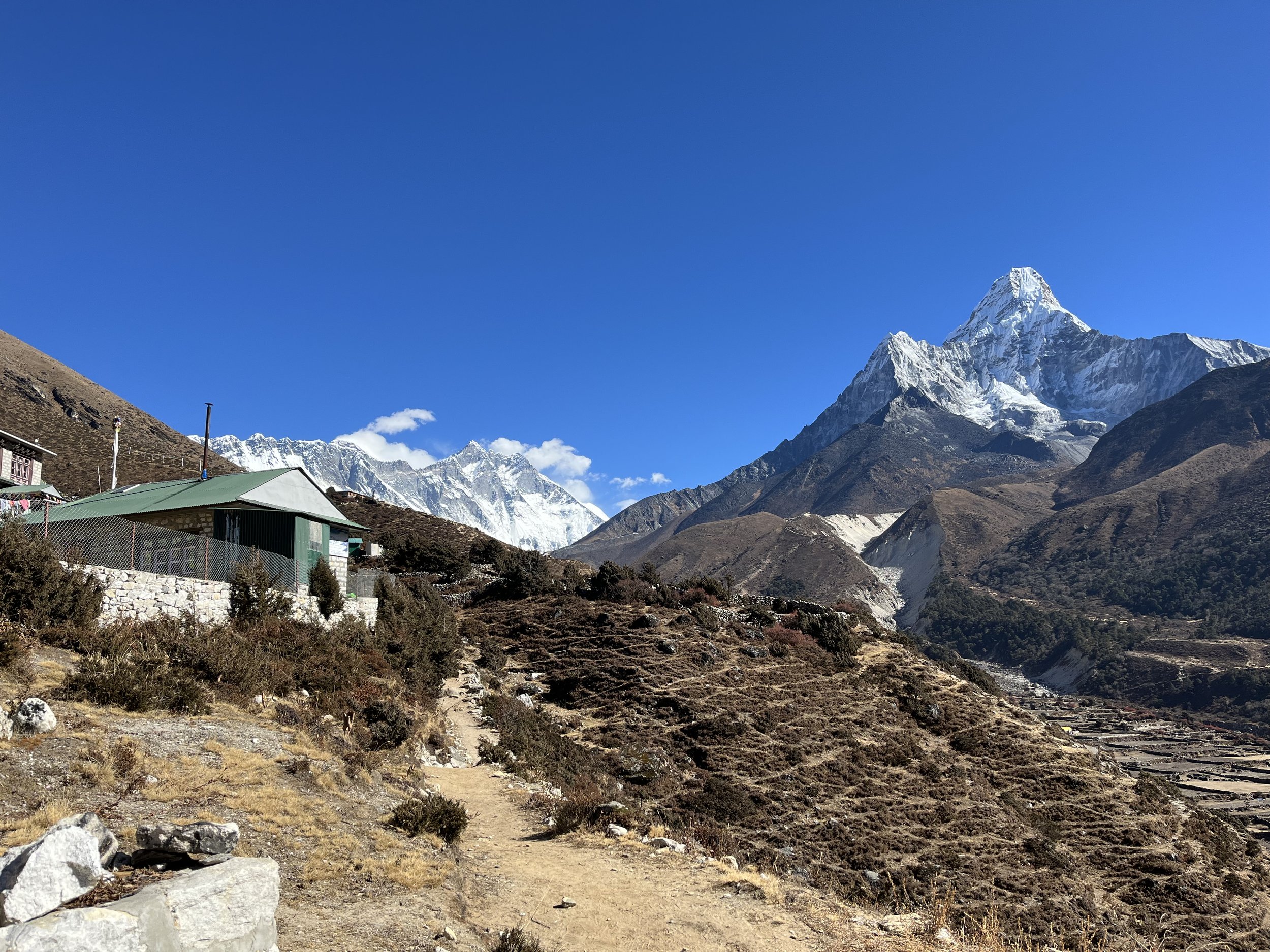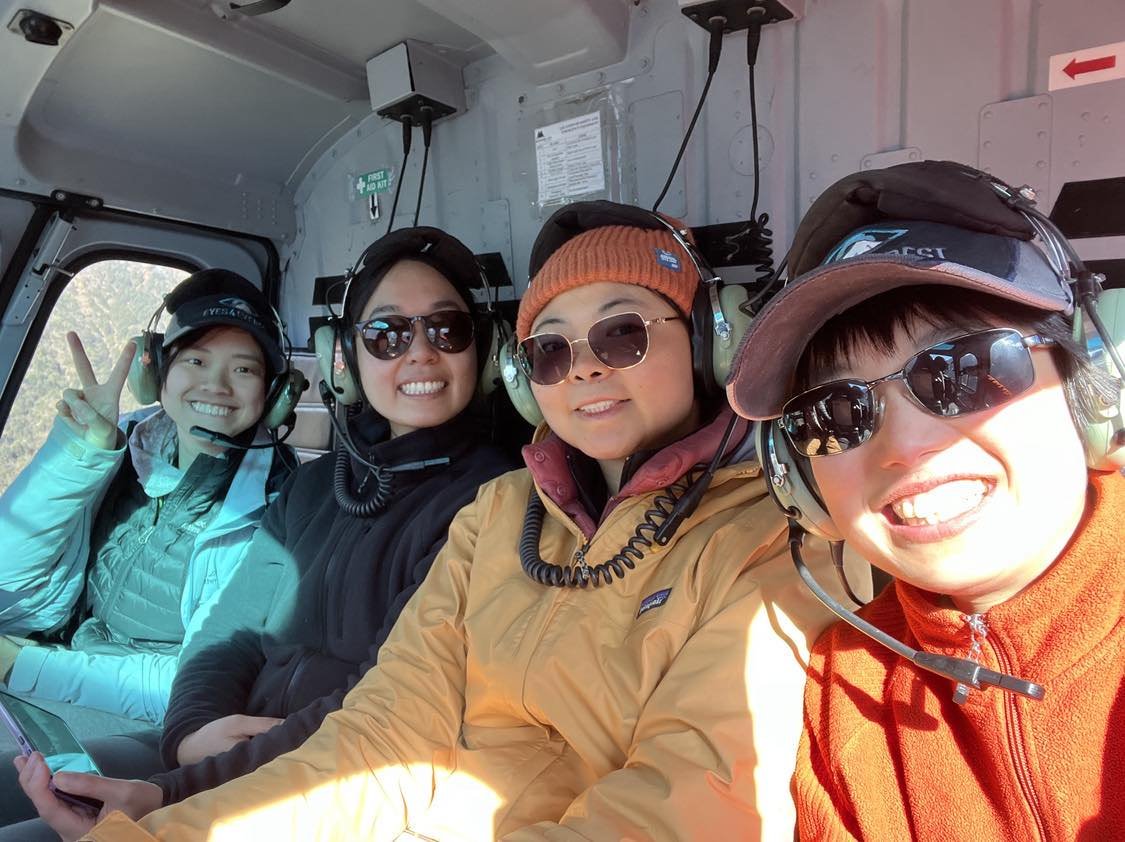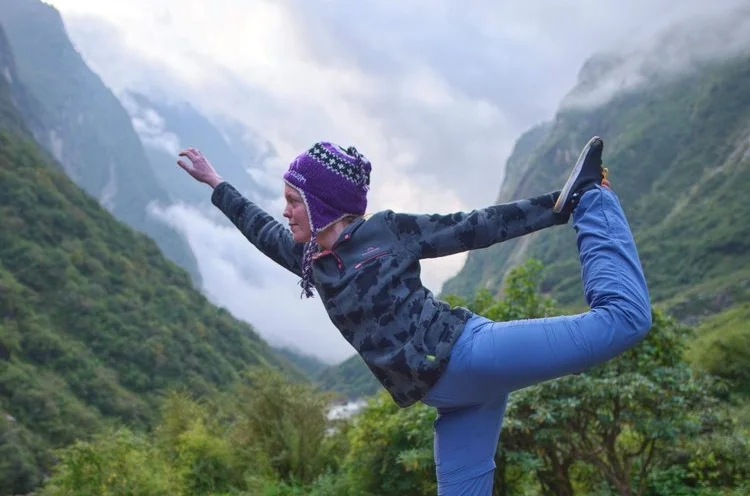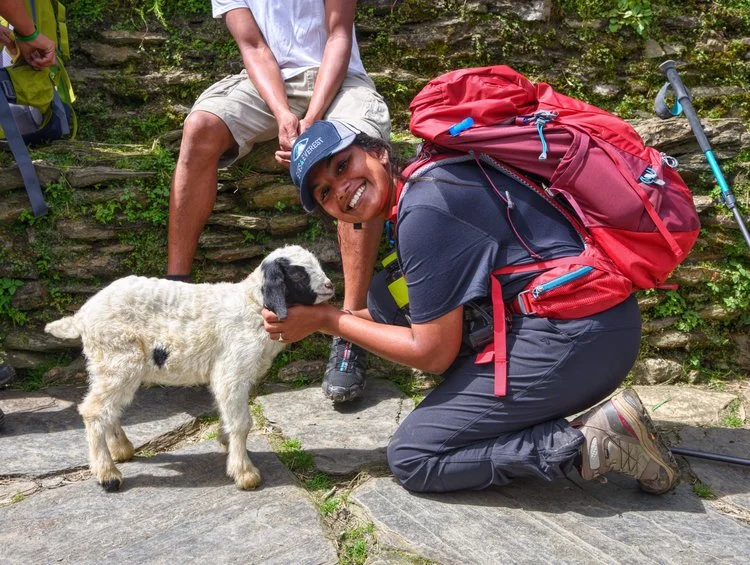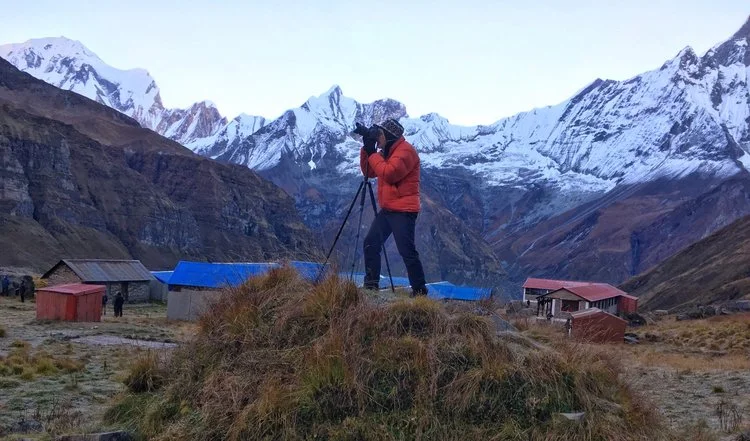“For most people, trekking through the remote Sargamatha (Everest) National Park in Nepal on a volunteer mission to provide eye care to remote villagers is a once-in-a-lifetime experience.
But having just completed the gruelling adventure with Eyes4Everest, early career optometrist Jamie Atkinson is keen to return one day.”
“It’s a really nice way to make a difference,” Ms Atkinson told mivision.
“When you do something like this, you just get that sense that you can really make a difference and really help people. That’s one of the reasons I joined the profession, to be able to help people and provide advice and care for people that really need it.
“Also, I think the challenge of the hike itself really gives you a sense of fulfilment. You do train a lot, and it’s definitely challenging, but once you complete it, it’s such a great feeling. And you have your team members, who are all there with you the whole time, which gives you that real sense of comradery… it’s just a very uplifting experience.”
“… it’s definitely challenging, but once you complete it, it’s such a great feeling”
Origin of Eyes4Everest
Eyes4Everest was started by Sydney optometrist Shaun Chang who, while trekking in the Sargamatha (Everest) National Park, discovered the local hospital was severely under-resourced.
Eyes4Everest continues to recruit optometrists to visit – predominantly from Australia – to assist local Nepalese optometrists to provide eyecare to remote villages in the Everest and Annapurna regions.
Ms Atkinson was one of eight optometrists – seven from Australia and one from the United Kingdom – who joined two Nepalese optometrists on the most recent Eyes4Everest mission in October-November.
Across 11 days of trekking on the Renjo la Pass, the team walked nearly 100 km and gained over 2,500 m of elevation, delivering much-needed eye care to approximately 200 patients across three days at the Thamo, Thame, and Phortse eye camps.
Adapting Her Skills Set
Ms Atkinson, who provides locum optometry and dispensing services to a number of Melbourne practices, said the trip exposed her to a new culture and forced her to adapt her skills to a unique environment.
“We were doing general optometry examination but the ocular health station was limited to portable equipment like a hand-held slit lamp, binocular indirect ophthalmoscope, and tonometer. We were going out to small villages in the Himalayas, so fairly remote kind of areas, and providing an eye examination for anyone who wanted to come in.
“We could prescribe glasses, which were made in Kathmandu, and then sent up afterwards. We also facilitated referrals for cataracts and anything else that needed ophthalmology involvement.
“We managed dry eye and other ocular surface problems, and had access to topical lubricants, antibiotics and steroid eye drops. Having the Nepali optometrists there really helped, because they knew how to organise referrals and get things done,” Ms Atkinson said.
Lunch near the Renjo La Pass
Hoping to Return
Ms Atkinson said one of the joys of the trip was meeting the local people.
“They were very lovely people and very kind. We did see some patients that had had eye tests not that long ago… but a lot of patients were having eye tests for the first time. So, it was a mix.”
And for the future, Ms Atkinson said when time and opportunity presents, she would love to return.
“Not many people have volunteered twice, so I want to be someone that would do it again…perhaps in a few years.






